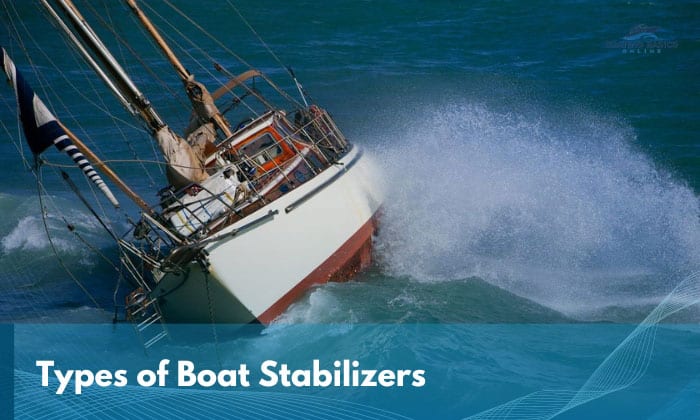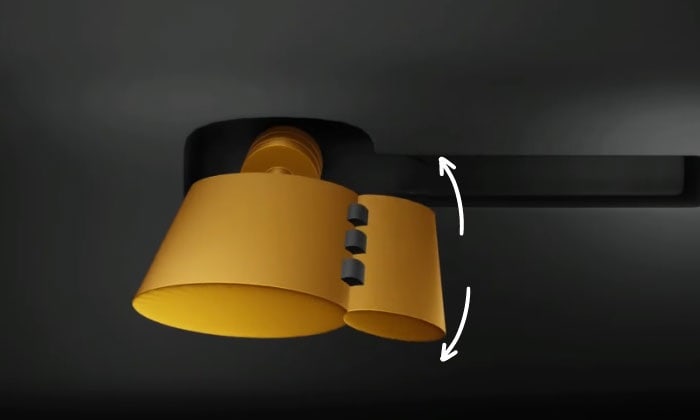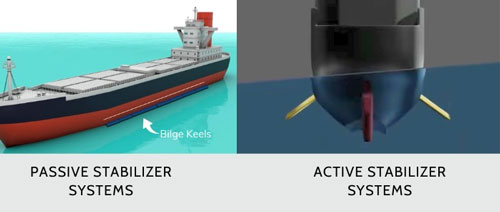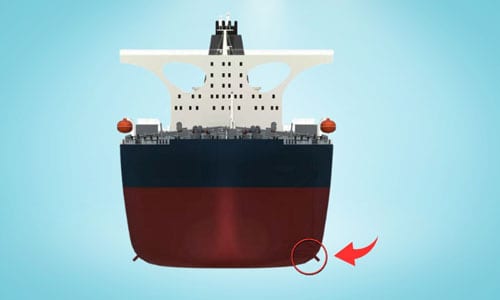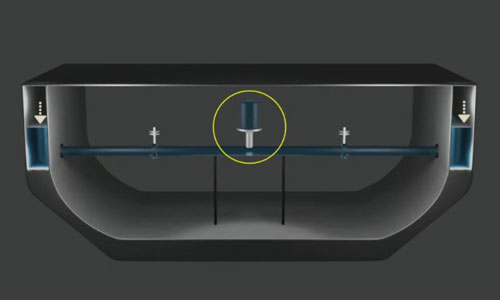The more we learn about the various components and mechanisms boats integrate, the more we realize just how crucial the role of each one is. This could not ring truer once you learn about the different types of boat stabilizers and how they minimize rolling motion.
Passive and active stabilizers all play a role in ensuring passengers’ comfort, assuming they’re well-designed and used properly. They can be further subdivided into gyroscopes, fins, bilge keels, and anti-rolling tanks.
Read on to learn how each one works.
Table of Contents
Boat Stabilizers Types
Ever rode a boat and thought, “The rolling motion is making me sick”? Chances are, that vessel doesn’t have a boat stabilizer system or isn’t using it properly. There’s also the possibility that the stabilizer is inadequate for the kind of water conditions it’s in – or worse, has failed.
That’s precisely why you should choose the best stabilizers for boats if you want everyone onboard to enjoy the ride (or at least make it far less unpleasant).
What does it mean exactly for a stabilizer to be passive or active?
- Passive Stabilizer Systems – These are stabilizers that do not require external power to work. They can dampen unwanted wavy motion by capitalizing on their design, shape, or gravitational forces. Good examples are bilge keels or passive anti-roll tanks.
- Active Stabilizer Systems – The majority of the boat stabilizers available are active, such as active stabilizer fins, active gyroscopes, and active anti-rolling tanks. They’re termed “active” because they need external power to function effectively.
Compared to passive units, active stabilizer systems are more efficient.
Boat Stabilizers Commonly Used Today
In the past, ships stabilizers were only available to larger vessels like cruise ships and containerships. Nowadays, even small boats like yachts, sailboats, and cabin cruisers can feature these components.
If you’re wondering, “How do stabilizers work on a boat?” You can read their basic functionalities below.
1. Bilge Keels
Bilge keels look like little fins that stick out and interrupt the water flow as the boat rolls. Every time the boat rocks, the keels create a swirling effect called an “eddy”. Think of how whirlpools form every time you stir a spoon in your coffee cup.
These eddies form behind the bilge keels, and they soak up the rolling energy. Usually, boats with hard chines don’t get as much benefit from bilge keels, which is why they often opt for other types of stabilizers.
- Works best for soft-chine boats
- Simple installation
- Generally effective design
- Doesn’t take up space inside the boat
- Not as effective for hard-chine boats
- Causes sailboats to be slower when sailing windward
2. Fins
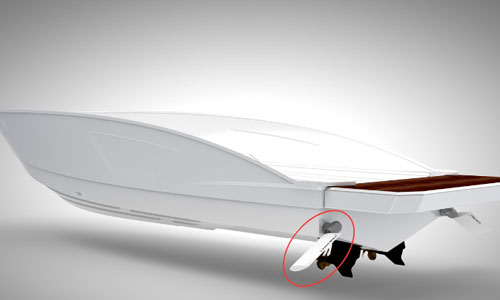
Fin stabilizers look like retractable wings on the sides of the hull, usually on the bottom submerged part of it. In large ships, they can be controlled in special rooms where you can move them in or out or tilt them up or down – again, to keep the boat from rolling too much.
When we’re talking about fin stabilizers on boats, we don’t need to look further than the ones being utilized by yachts. Should a big wave hit the boat, the lift from the fins will help the yacht keep one side of it down, so the vessel won’t tip over.
- Can be controlled to precisely provide the correct amount of lift and torque for stabilization
- Stabilizing effect doubles the faster a boat goes
- Can keep boats steady even if the rolling motion becomes unpredictable
- Improves fuel efficiency
- Lightweight
- Can be remotely operated
- May be entangled with debris, thus, causing more drag
- May sway and yaw in certain conditions
- Price varies a lot
3. Gyro Stabilizers
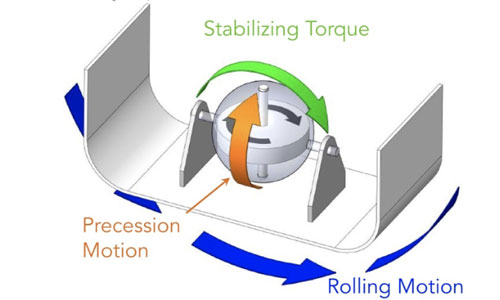
A boat stabilizer gyroscope has a spinning flywheel that is mounted in a frame in such a way that it will be able to move in two different ways. The frame is typically mounted on a specific spot in the engine room, usually in open space below the deck.
The rotating flywheel relies on angular momentum that essentially combines with its own motion to create “precession oscillation”. That force generates large torques that change over time. These sideway torques are in the opposite directions of the roll, thus providing resistance to the swaying motion caused by waves.
Come to think of it, it’s like the boat gyro stabilizer “dances” with the waves to keep the watercraft steady as she goes.
- Compact
- More effective at low speeds or when stationary
- Can be combined with fins
- Versatile application for many circumstances
- Doesn’t protrude, so there’s less risk of entanglement
- Not as effective if the boat reaches higher speeds
- Heavy
- A little noisy
- Takes some time to spin and provide the needed stabilization
- Relies mainly on electric power
4. Anti-rolling Tanks
Most anti-rolling tanks are admittedly used in ships, but it’s worth discussing them here. These tanks use water to take care of the unwanted motion. Active tanks differ from passive tanks since they use air pressure to control the water’s movements instead.
The tanks come with a roll-sensing device that can detect even tiny angles of roll. Once it does so, it sends a signal to the pump to move water from one side of the ship to the other, essentially keeping the vessel balanced.
- Active tanks require less liquid to deliver tangible rolling motion mitigation
- Doesn’t use external fins that can get entangled
- Simple, reliable design
- Passive tanks don’t need external power to work
- Usage tends to be limited to larger ships
- Active systems tend to be complicated to maintain and have high initial costs
Conclusion
Would you agree that pretty much all types of boat stabilizers play a vital role? After all, not only do they keep passengers comfy during the entire ride, but they also actively prevent instances when a watercraft may capsize. You never know when a rogue wave will hit you out there in the open seas.
I do admit that they’re not 100% reliable, which is why it’s a good thing that research and development are still ongoing to address their limitations.

“My intention from the first day establishing Boating Basics Online is to provide as much help as possible for boaters who want to experience a first safe and convenient trip. So feel free to join us and share your beautiful journeys to the sea!”

